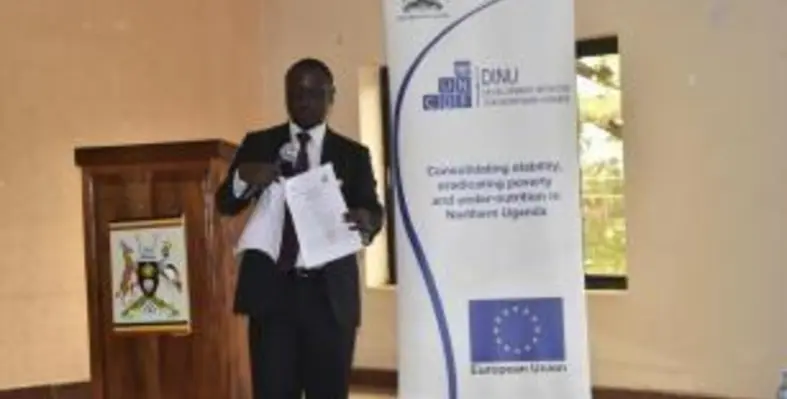The United Nations Capital Development Fund (UNCDF) and the United Nations Department of Economic and Social Affairs (UN DESA) conducted a workshop on municipal Asset Management Action Plans (AMAPs) in Gulu, Uganda in December 2019
With a generous financial contribution from the EU in the context of the Development Initiative for Northern Uganda, the workshop funded the participation of 95 local government officials from 22 districts and municipalities.
The workshop incorporated the findings of the large scale application of the UN DESA and UNCDF diagnostic tool on municipal asset management in 20 districts and municipalities of Uganda over the course of 2019. The process was overseen by a joint committee of senior central government officials from the ministries of finance and local government. The Government of Uganda established the Committee to follow up on the outcome of the first UN AMAP workshop in Gulu in October 2018.
As with the previous cohort, the four-day workshop started with a guided tour of Gulu municipal assets. The team was intrigued to see what has changed since the last training. The first stop was the registry -what once looked like a junkyard with old equipment and documents strewn about, now has the semblance of a storeroom. The old equipment and scrap have all been cleared out and the heaps of unfiled documents organised into files. The older documents have been stored away in a case. The municipal council is yet to figure out a filing system, but the re-organisation of the store is the first step towards more effective asset management.
A year later, across at the municipal yard, still grounded, is a tractor gathering strays: a rug, an old sponge and a broken table, while garbage collection around the municipal council continues to be minimised, unmanaged wasted poses potential health risks in spreading disease.
The longer the tractor remains unused, it risks developing other issues such as mechanical problems or getting vandalised, which will render it inoperative and require, not just replacement of tyres, but the entire tractor unit—at least thirty times the cost of the tyres. Though there are no readily available figures, it is estimated that every year the Government loses billions of shillings replacing mismanaged assets, as local governments continue to struggle with lean financial resources given the ever-decreasing allocations from the central government.
“More effective asset management will let citizens enjoy more dependable services without unexpected failures and indefinite interruptions,” remarked John Walala, director local government inspection, Ministry of Local Government at the opening of the workshop in Gulu.
Prioritising management of public assets
To ensure improved delivery of essential public services and ultimately achieve the Sustainable Development Goals (SDGs), local governments have to prioritise the management of public assets, to make the most of what they already have to deliver services. Effective asset management looks at the entire lifecycle of an asset from acquisition through maintenance and disposal. But first, local governments need to know what assets they own and their condition to effectively manage and utilise them.
Prior to the training workshop, UN DESA and UNCDF supported the participating local governments to undertake an asset management profiling survey to ascertain existing asset management systems. The survey revealed most local governments lack updated registers, nor clear management systems for the existing assets. For instance, out of the 20 local governments, eight had updated building registers.
Admittedly there is laxity with how government officials manage government assets but the rigid processes and procedures, various systems and legal frameworks give way to uncertainty.
“The template developed for the training was carefully designed and should be adopted by ministries and local governments and customised to develop various action plans relevant to the institution,” stated Marley Ben Lawrence, deputy chief administrative officer, Kole District Local Government.
Towards achieving Uganda's Third National Development Plan
The training comes at a time when Uganda is preparing for her Third National Development Plan (NDP III) which comes into effect in June 2020. The NDP III is the third in a series of plans whose objective is to implement the Uganda Vision 2040 aspiration to become a middle-income country by 2040. One of the strategies of the development strategies of the NDP III is to increase domestic revenue mobilisation. Overcoming months UN DESA and UNCDF will continue to provide technical assistance to the local governments to ensure their AMAPs are linked to the revenue mobilisation action plans as well as NDP III.






